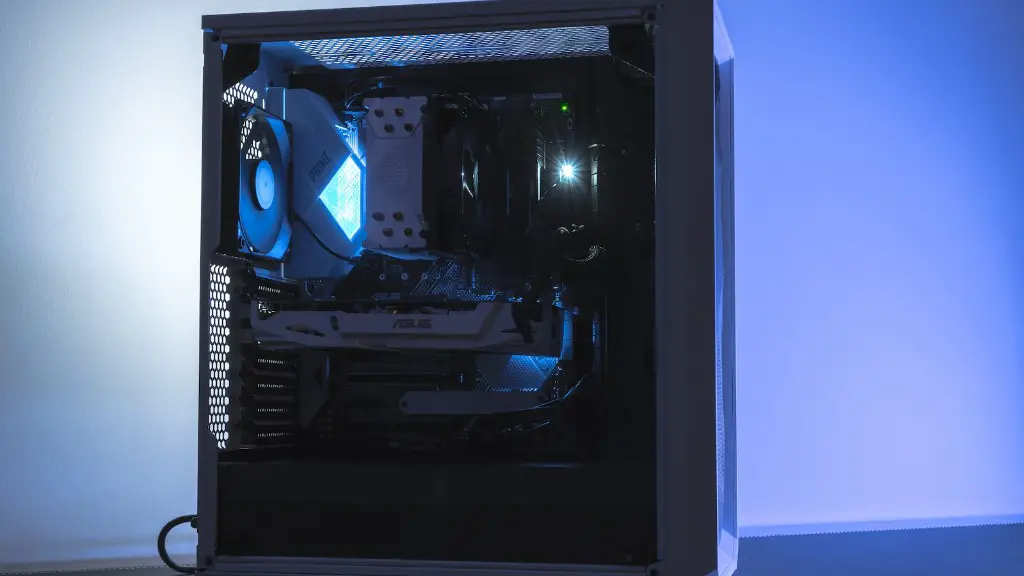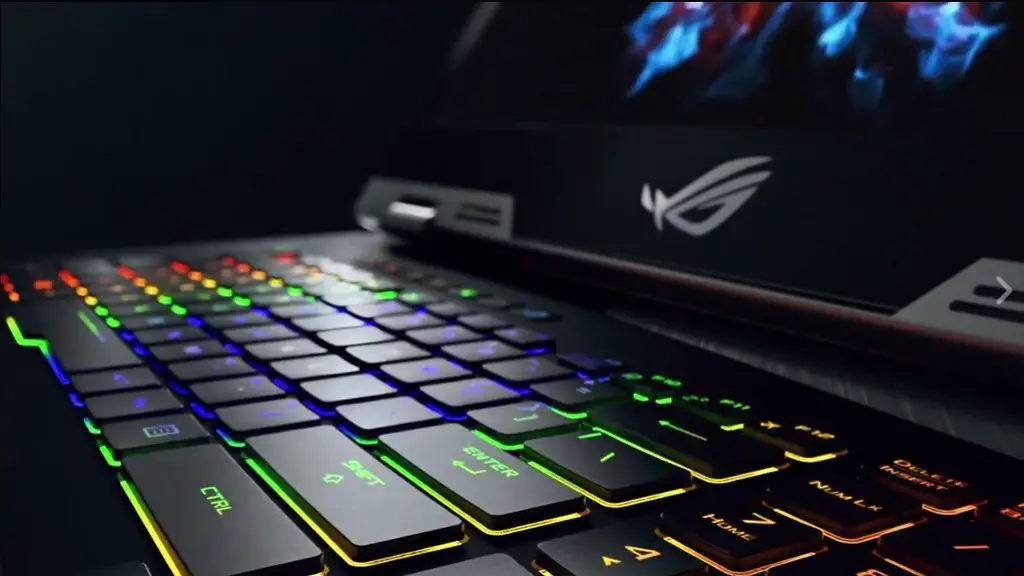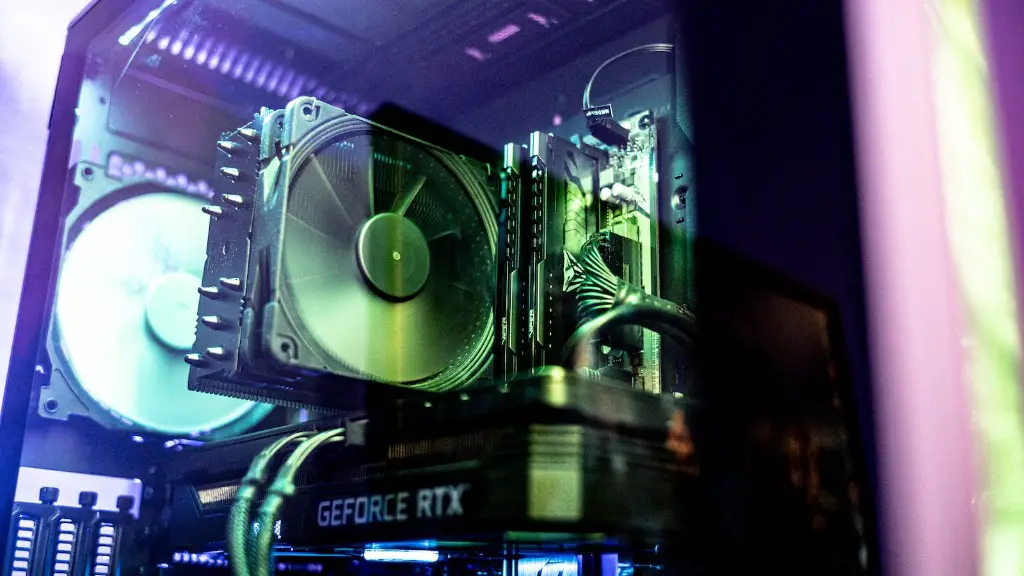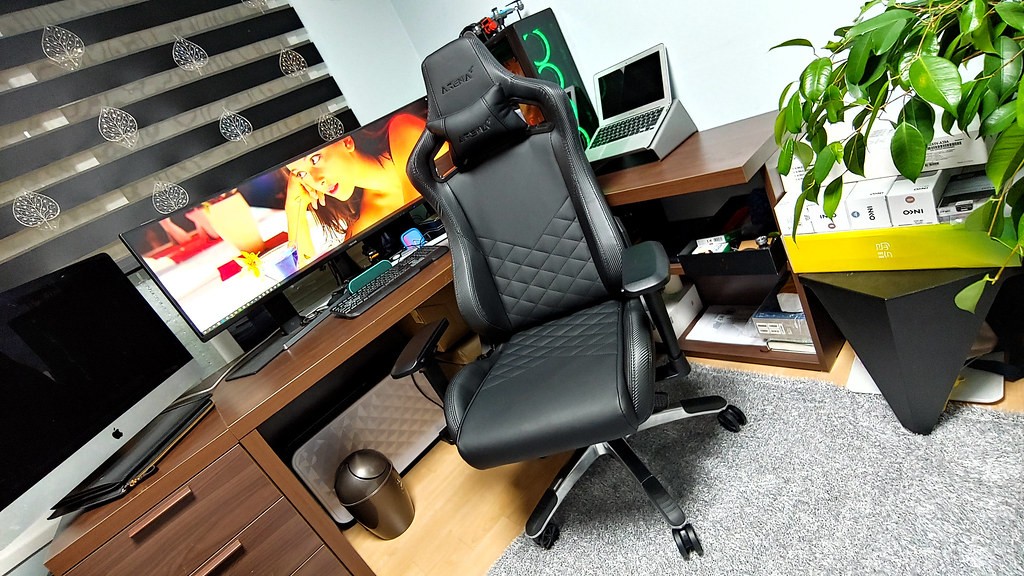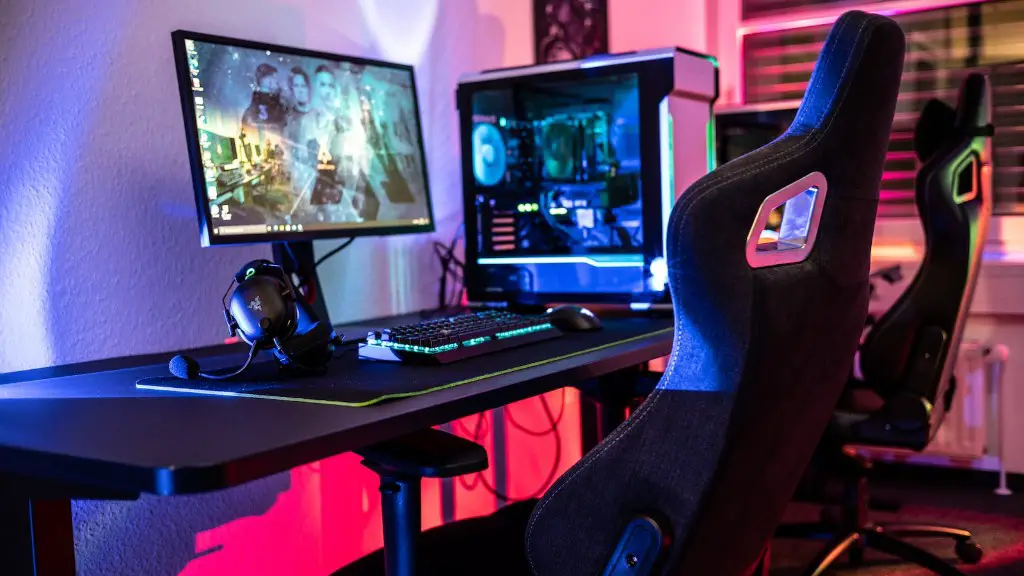Building a gaming PC is a great way to get a computer built to your exact specifications and performance needs, without having to rely on high-end pre-built systems. But before you start shopping for parts, it’s worth taking the time to know what you need for the build. Here’s a straight-forward look at the essential components you’ll need to put together a gaming computer.
CPU: The brain of your system, the CPU is one of the most important components when building a gaming PC. Look for a multi-core processor from Intel or AMD with a high clock speed and plenty of cache memory. Don’t skimp on this, as it will determine how much power your system has.
Motherboard: A gaming PC build requires a compatible motherboard, or mainboard. Choose one with the correct chipset and socket type for your CPU and plenty of slots for additional components like memory, graphics cards, and storage. Additionally, get a motherboard that has enough PCIe slots for whatever graphics card setup you’re planning to use.
Memory: RAM, or Random Access Memory, is a key component when it comes to gaming performance. Get a minimum of 8GB of DDR4 RAM, with 16GB or more being ideal for PC games. When shopping for memory, make sure it’s compatible with the motherboard you’ve chosen.
Graphics Card: A great graphics card is essential for gaming performance, as it’s the main component responsible for rendering visuals. Get a GPU with enough power to meet the demands of the games you want to play, or build a high-end SLI or Crossfire setup to maximize performance.
Storage: A gaming machine requires ample storage space, both for installed games and save files. Look for an SSD for your primary/boot drive, and a large capacity HDD for media storage. Multiple drives can be connected to the motherboard, allowing users to maximize their storage potential.
Power Supply: When it comes to powering a gaming PC, you need a high-wattage PSU capable of providing enough juice for your system. As a general rule, use a PSU with a certified 80Plus rating and at least 600 watts of power if you are building a single GPU system.
Replacing Overly Used Parts
Upgrading and replacing parts is always recommended every couple of years, however. Different gaming PCs need different parts. Components like RAM, HDD, motherboards, GPU, and CPUs should all be upgraded regularly, depending on how intensive the usage is and how powerful the gaming PC should be.
If you truly want to get the most out of your gaming PC, then you need to consider getting newer, faster components. For example, gaming RAM and GPUs are notorious for becoming out-of-date nearly as soon as they hit the market. So, if you’re serious about gaming, get RAM and GPUs that are considered top-of-the-line, or that are at least close to being the newest.
A gaming PC’s power supply and cooling fans should be replaced regularly as well. GPUs with higher wattages tend to be more powerful, which means they need more powerful power supplies. Additionally, cpu cooling solutions should be adapted to the needs of the system. A better cooling system translates to better overall performance.
If you’re looking to maximize the gaming performance of your build, then look for SSDs with high write and read speeds. With better storage solutions available, you’ll improve loading times and reduce game stuttering. Make sure to explore the latest SSD offers in the market to get the most out of your gaming experience.
Finally, consider getting a gaming motherboard, as it is designed for maximum compatibility and performance. Look for motherboards with multiple PCIe slots for both AMD and NVIDIA graphics cards, ideally with support for SLI/CrossFire.
Gaming PCs, Testing and Benchmarking
Testing and benchmarking is essential when building a gaming PC in order to know how the machine is performing. This testing allows users to get a good understanding of how their components are working and to troubleshoot any potential issues. Additionally, it’s the best way to compare competing hardware, or to see how the gaming setup is changing in response to new components being added or removed.
Multiple benchmarking tools are available that allow users to compare their gaming PCs performance with systems built with different components. These programs are useful when trying to find options that maximize gaming performance while being cost-efficient. It’s important to note that the results from benchmarking aren’t always directly transferable to real-world gaming scenarios, and should only be used as a reference.
Benchmarking can be customized to determine your build’s strengths and weaknesses by testing individual components. For example, it’s possible to test the clock speed of your CPU, GPU, and RAM individually in order to find any bottlenecks that need attention. This type of benchmarking allows users to focus on specific areas of gaming performance and to adjust the build accordingly.
Finally, benchmarking allows users to see how their machine performs in heavier scenarios, like gaming with multiple people or streaming. This is particularly useful when users are trying to get the most out of a gaming PC build, as they know how far they can push their setup before they need to upgrade.
Building A Gaming PC With High-Performance Components
Using high-performance components can make a huge difference in gaming. These components include graphics cards, CPUs, and memory, which should be chosen based on the user’s gaming needs. For example, if the user wants to build a gaming machine for games with high requirements, then getting high-end components is a must.
A powerful processor and graphics card combination should be at the top of the list. CPUs from Intel or AMD should be considered, along with the latest GPUs from NVIDIA or AMD if budget allows. Additionally, it’s worth considering bigger RAM kits with higher frequencies in order to improve performance while gaming.
Finding a suitable power supply to power the build is also a must. Look for a PSU with a minimum 80Plus certification and adequate wattage to provide enough juice for the intended hardware configuration. But make sure to get a reliable model to avoid damaging the other components with fluctuating power.
Finally, explore the different cooling solutions available. Get enough fans to match the size of the PC case and CPU cooler to keep the system running cool. Cooler temperatures increase performance, prevent system instability, and add to the overall lifespan of the components.
Monitors For Gaming PCs
Aside from the components needed for a gaming PC, one other important piece of equipment should be added: a gaming monitor. Monitors come in a variety of sizes, resolutions, and refresh rates. If gaming is the primary purpose, then look for a good 1080p monitor with a 144Hz refresh rate.
High resolution monitors can also bring great value, allowing users to experience games with more details. 4K screens are the top-of-the-line when it comes to resolution, offering high levels of detail and color fidelity. But 4K gaming requires more powerful hardware than 1080p, so it may not be a good investment if the build isn’t powerful enough to take advantage of the resolution.
If users have the budget, then curved monitors are also worth considering. Those are great for creating an immersive gaming experience, as the curved panels fill more of the user’s field of view. Additionally, look for monitors with FreeSync or G-Sync support if the graphics card allows it, to get a smoother and more responsive gaming experience.
Finally, consider adding a gaming mouse and gaming keyboard to the build. While those aren’t essential for gaming, they allow users to get the most out of PC games. Wireless models are becoming more popular, as they free up space on your desk, while a gaming chair helps keep the user comfortable while gaming.
Cases and Special GamingPC Design Considerations
Aside from components and hardware, cases are also an important consideration when building a gaming PC. Cases come in different sizes and shapes, and their looks should influence the user’s decision. Fortunately, cases come in many different designs and colors, so there’s something to fit every type of user.
Also consider what type of cooling options the case offers and how they could be used to maximize cooling performance. Get fans with good airflow characteristics and higher maximum RPM, and consider adjusting the fan curve if the motherboard supports such a feature.
Cable management is another important factor when choosing a case. Desks with limited space require cases with better cable management, so all of the cables can be hidden and the airflow left unimpeded. Good case ventilation is always important, so try to get a case with great airflow and enough fans installed.
Finally, look for cases with tempered glass panels if you want to show off your build. These add a nice aesthetic touch and allow users to see the components inside. However, be aware that they restrict airflow, so pick a case with built-in fans and adequate air intakes to compensate.
